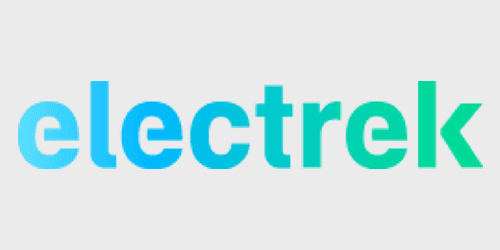
There are a few pilot projects currently looking into ways to control the charge load of electric vehicles in order to react to the demand on the grid. BMW has several pilot programs working on the concept and it expanded one of them with PG&E in California last year after a successful first phase.
Those have been small-scale projects with a few hundred electric vehicles, but we are about to really see the potential of a controllable charge load now that the Netherlands has opened up its effort to the more than 6,000 Tesla vehicles in the country.
Tesla’s fleet in the Netherlands represents roughly half the electric vehicles in the country and significantly more than half the energy capacity since Tesla’s vehicles have much bigger battery packs than most other EVs available today.
As its electric vehicle fleet expands, the country is trying to be at the forefront of smart charging in order to take full advantage of their increasing renewable energy production.
Last year, they launched a nationwide effort to have “smart” connectivity with electric vehicle charging stations across large networks in order to control the charging load and match it with peak production of renewable energy.
Since the launch of the program, Eneco, a large electric utility in the Netherlands, has been testing a new application with its subsidiary Jedlix in a pilot program with 40 Tesla owners. Jorg van Heesbeen, manager Business Development at Jedlix, said last week:
The results of a previously conducted test among 40 Tesla drivers show that savings on charging costs can be as high as 15%. The app also provides the possibility of smart home charging at no additional costs.
The company now announced that it is opening up the app to all Tesla owners in the Netherlands.
The potential max charge load is starting to become significant – though, of course, unachievable since they would have to all be charging at the same time. That will change as the fleet is growing. It currently represents only a small fraction of the country’s average demand, but they have ambitions to eventually make a significant difference:
“According to Van Heesbeen the sustainability aspect appeals to many Tesla drivers. The more than 6,000 Teslas in the Netherlands account for nearly half of the total number of fully electric cars in our country. With a combined peak capacity of around 60 MW, these cars have the potential to accelerate the integration of solar and wind power. Consequently, they also contribute to emission-free mobility. In the future, our service can also be used to prevent congestion on the low-voltage grid, should this become relevant.”
By incentivizing electric vehicle owners to charge when renewable energy production is above the demand on the grid, those kinds of controllable charge applications are sure to make energy use more efficient as electric vehicles become more popular.
Tesla is well-aware of the potential of controllable charge load of their fleet.
CTO JB Straubel often mentions it during his presentations about energy. At one point, he saw a potential for Tesla’s fleet to have a controllable charge load of 10 GW in 2020 – and that was before Tesla accelerated its production plans following higher than anticipated demand for the Model 3:

FTC: We use income earning auto affiliate links. More.







Comments